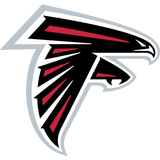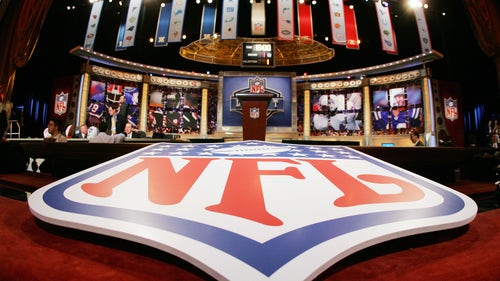
Tech company uses data from jumps to predict injuries
MENLO PARK, Calif. (AP) The epiphany hit Phil Wagner about a decade ago when he was stuck in Southern California traffic pouring over reams of data in his car and he realized how he could take information about how athletes jump and land and predict where they are most susceptible to their next injury.
Wagner has turned that idea into a leading company in the growing field of sports science analytics as teams seek whatever edge they can to keep their players on the field instead of in the operating room.
Sparta Science tracks athletes making six jumps in 90 seconds with its force plate technology and proprietary software to predict what injuries they're in danger of suffering, what workouts they need to stay healthy and what sport or position best suits their athletic ability.
''People ask how can you tell this from a 90-second jump,'' Wagner said. ''But it's more like an iceberg. You see the top, which is the jump. But under the water is reams and reams of data points of the individual's history, ethnicity and demographics and that tells a whole story.''
Take, for example, a pitcher. Basically, Wagner's theory goes a pitcher pushing off a rubber with his lower body is a similar process to jumping. Any discrepancy on how you transfer weight and generate the force can show that the upper body might need to compensate and therefore be more susceptible to arm injury.
Wagner, a former strength and conditioning coach who then went to medical school, launched Sparta Science in 2010 as a training company and counted NBA player Jeremy Lin as one of its first notable clients. Sparta added the software component four years ago and signed contracts with pro teams such as the Colorado Rockies, Cleveland Cavaliers and Atlanta Falcons.
Sparta currently has teams as clients in Major League Baseball, the NBA, the NFL and MLS, as well as several colleges and international rugby teams.
The force plate is the main tool Sparta uses to determine the load, explode and drive for each jump. Using the relationship between the three aspects of the jump and inputting other information such as gender, age, sport, position, injury history, use and even ethnicity, the software can help teams learn about potential injury risk and figure out how to best use certain athletes.
''For me after 12 years of looking at a lot of things to implement, I'm excited about this because it really can help us on both sides,'' said Jeff Foster, who runs the NFL combine as the director of National Football Scouting. ''It's not too often that we can find anything that crosses over the performance and the medical. That's to me what's exciting about the force plate technology.''
Atlanta Falcons general manager Thomas Dimitroff, a big proponent of the technology, got Foster to test it this year on about 50 players brought in for a medical recheck before the draft.
Foster is presenting that information on NFL teams to see if they would add the force plate jump tests to the regular regiment of testing that includes events such as the 40-yard dash, the 225-pound bench press, a vertical jump and 20-yard shuttle run.
The results have been impressive with one major league organization that uses the technology reporting a significant drop in injuries for the minor leagues. The team that did not want to be identified for competitive reasons said elbow injuries for minor leaguers dropped from 11 in 2013 to one last season and overall injuries dropping by more than half since 2012.
The San Jose Earthquakes of the MLS began using Sparta in 2016 and by the second half of the season had seen a nearly 50 percent drop in days missed because of injuries, according to head athletic trainer Ron Shinnault. This season, soft tissue injuries have decreased by about 80 percent.
''He's sitting on a gold mine,'' said Andrea Hudy, the assistant athletic director for sports performance at the University of Kansas. ''It's reliable. The test itself is one of the hardest tests to measure and be reliable with and Phil has done it. Now there's predictability for possible injuries.''
Hudy primarily works with Kansas' nationally ranked men's basketball team and tests athletes monthly, unless there is need for more frequent use. She said injuries have been reduced and added that former top recruit Andrew Wiggins' father credited the sports performance staff as one of the reasons Wiggins went to Kansas in 2013.
''It has set us apart from the industry standard,'' Hudy said.
The University of San Francisco was an early adapter and has been impressed by the results. USF's medical insurance claims for athletes have dropped significantly since hiring Sparta, from $424,580 in 2011-12 to $168,567 in 2015-16, according to Doug Padron, the school's associate athletic director for sports administration and performance.
The reduction in injuries has lowered the school's insurance premiums, allowing for more money to be spent on increasing staff and resources for the athletes. The school trusts the data so much that it advised one pitcher to skip the Cape Cod summer league because tests showed he was susceptible to an elbow injury. After training all summer, the pitcher stayed healthy and was drafted into the majors.
''Our student athletes are having a great experience because they're healthy,'' Padron said. ''I don't know why others wouldn't do it. Analytics are everywhere. I don't think there's a better thing to spend money on than the student-athlete experience.''








